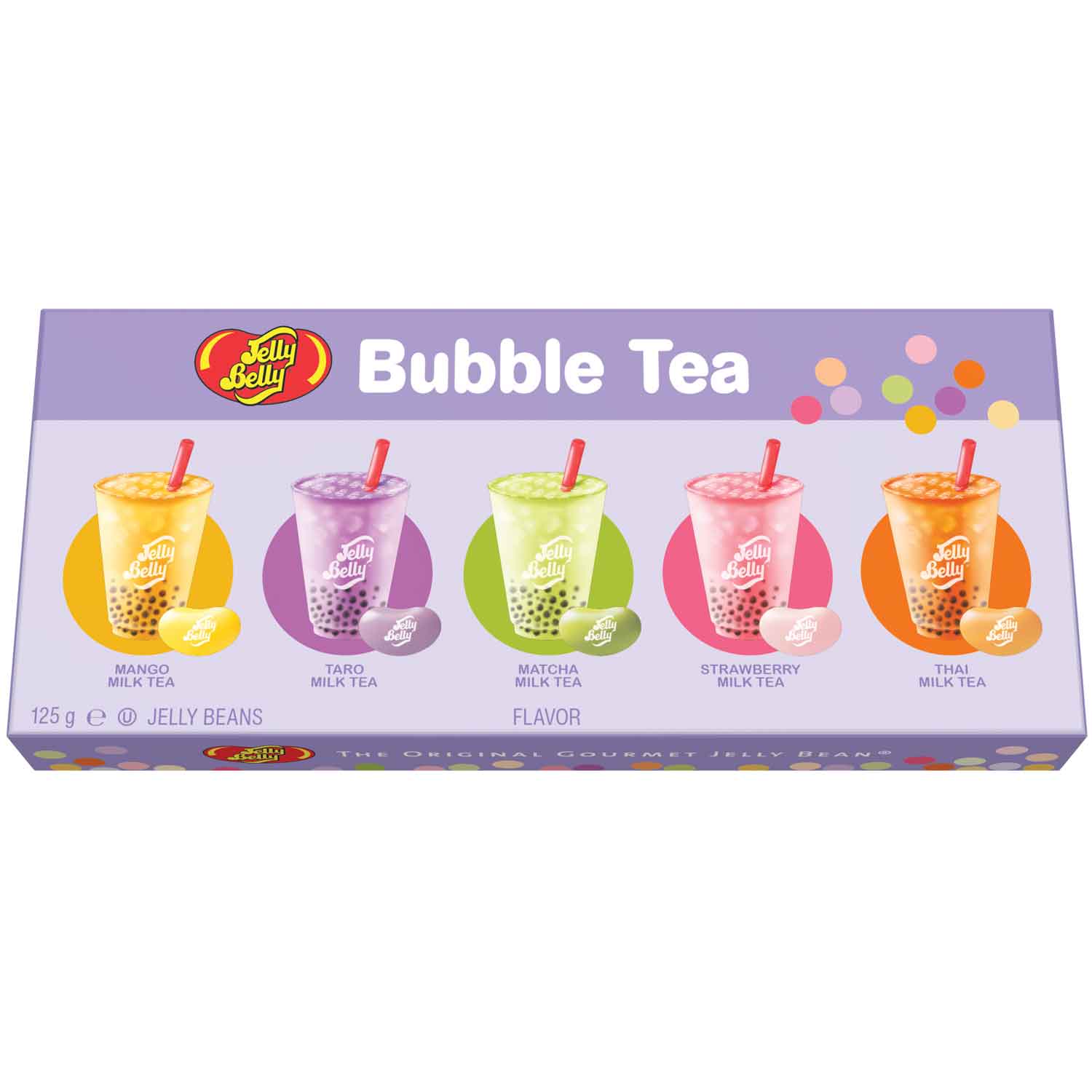The Growing Popularity of Bubble Tea in the UK

Introduction
Bubble tea, also known as boba tea or pearl milk tea, has rapidly gained popularity in the United Kingdom over the past few years. Originally hailing from Taiwan in the 1980s, this unique beverage consists of tea mixed with milk or fruit flavourings, and is known for its chewy tapioca pearls, or ‘boba’. The significance of bubble tea extends beyond just a trendy drink; it represents a cultural phenomenon that highlights the increasing interest in Asian cuisine and culture within the UK.
Growth in Popularity
Recent years have seen a surge in bubble tea shops across major cities in the UK, with establishments in London, Manchester, and Birmingham leading the way. According to a report by Mintel, the bubble tea market is expected to grow by 17% annually, reflecting the drink’s appealing blend of flavours and textures. This growth is particularly pronounced within younger demographics, especially students and young professionals, who are attracted by both the taste and the aesthetic appeal of bubble tea beverages, often seen in brightly coloured cups with unique toppings.
Innovative Flavours and Customisation
One of the key factors contributing to the rise of bubble tea is its versatility. Consumers are now able to personalise their drinks by choosing different bases, including fruit teas, milk teas, and even matcha, alongside a variety of toppings, such as jelly, fruit bits, and of course, boba pearls. Many shops are also experimenting with innovative flavours and combinations, catering to evolving tastes and dietary preferences, including vegan and lactose-free options. This level of customisation appeals greatly to millennials and Gen Z, making it a social media sensation as customers often share their colourful creations online.
Significant Cultural Impact
The popularity of bubble tea has not only impacted beverage consumption but has also fostered a burgeoning culture around it. Many bubble tea shops now serve as community hubs where people gather to socialise and connect. Events such as bubble tea making classes and tasting sessions are becoming increasingly popular, creating a deeper appreciation for the art of crafting this beverage. Additionally, the influence of Asian pop culture, particularly K-pop and anime, has helped to propel bubble tea into the mainstream, leading to collaborations with brands and celebrities.
Conclusion
As bubble tea continues to flourish in the UK, its significance goes beyond consumer trends. It represents a cultural intersection that enriches the UK’s culinary diversity. With its market expected to expand further, both established brands and new entrants will likely compete for a share of the growing bubble tea phenomenon. For consumers, this means more options and exciting flavours, enhancing their experience while continuing to connect with a vibrant global culture.
